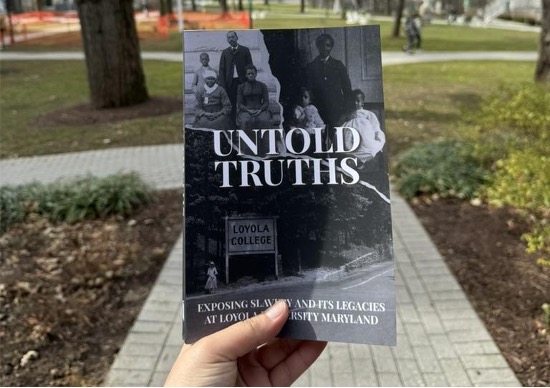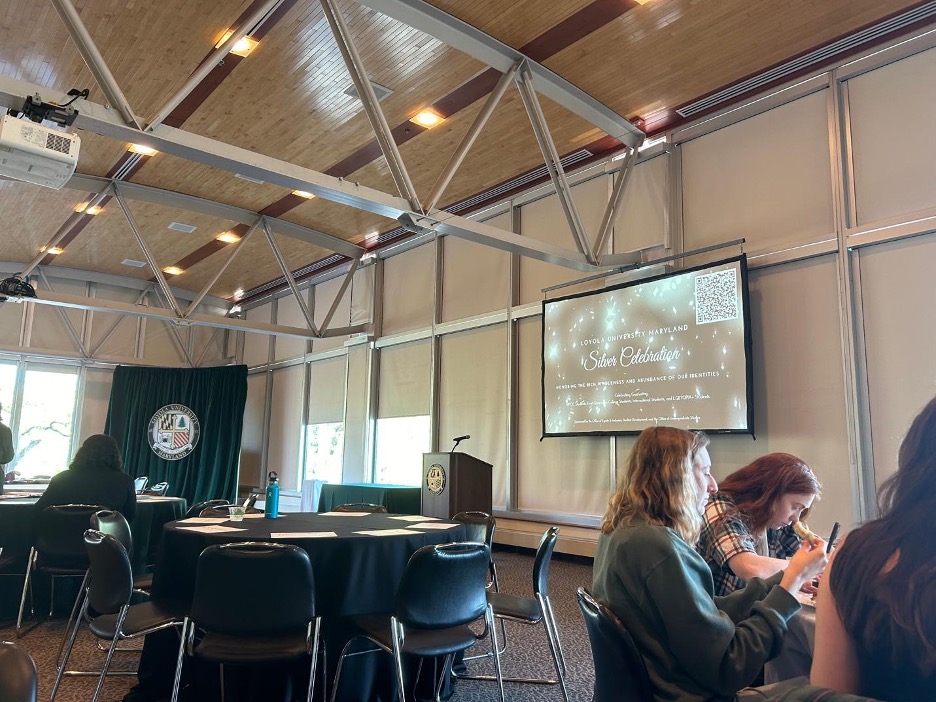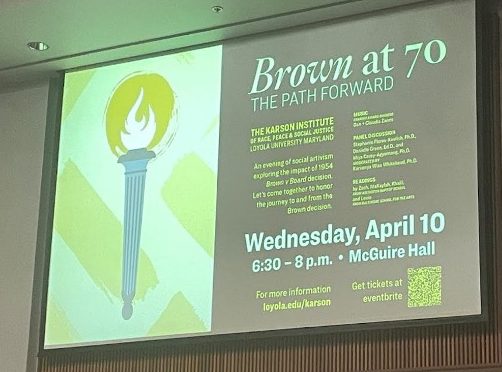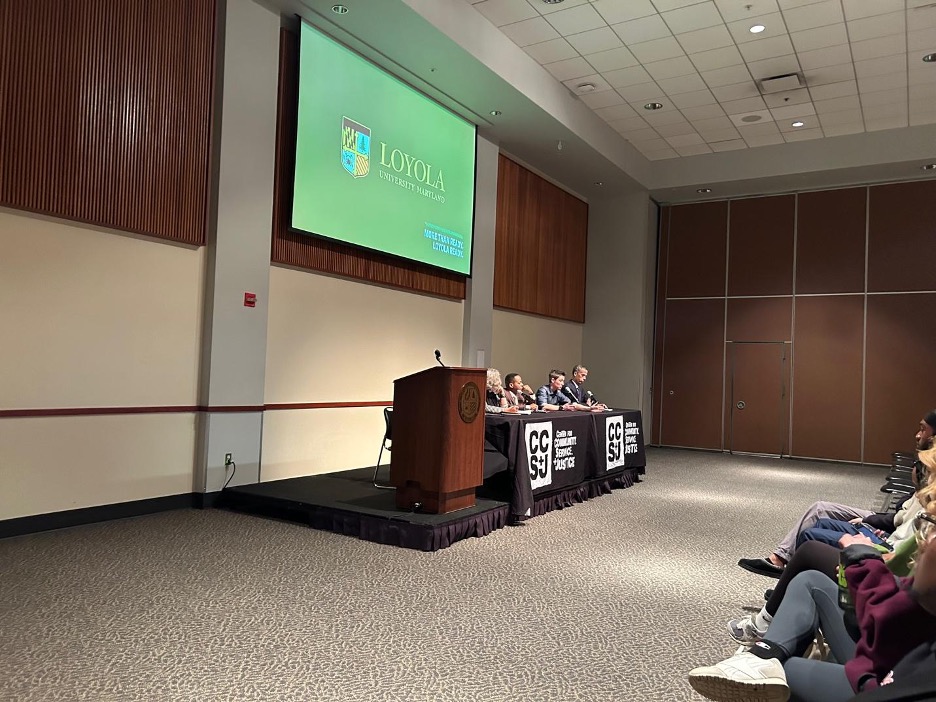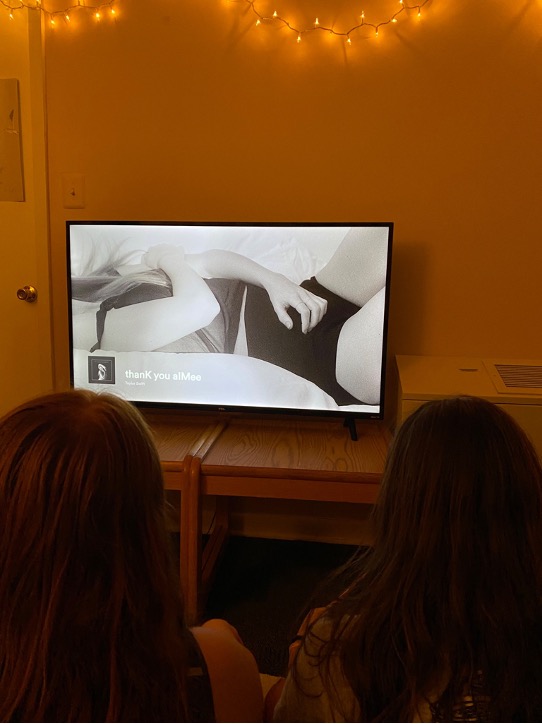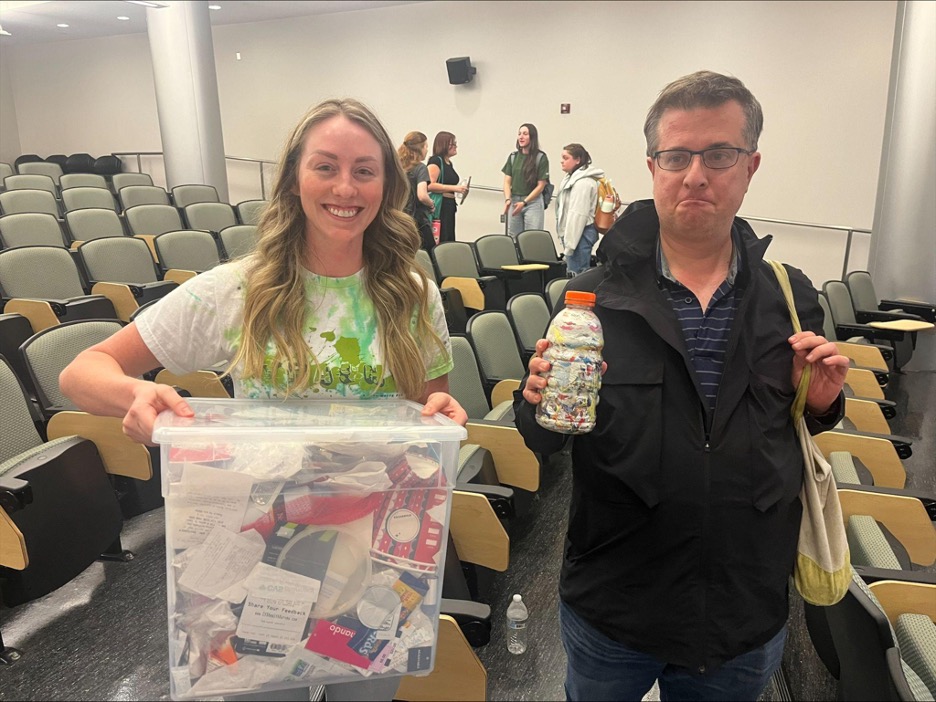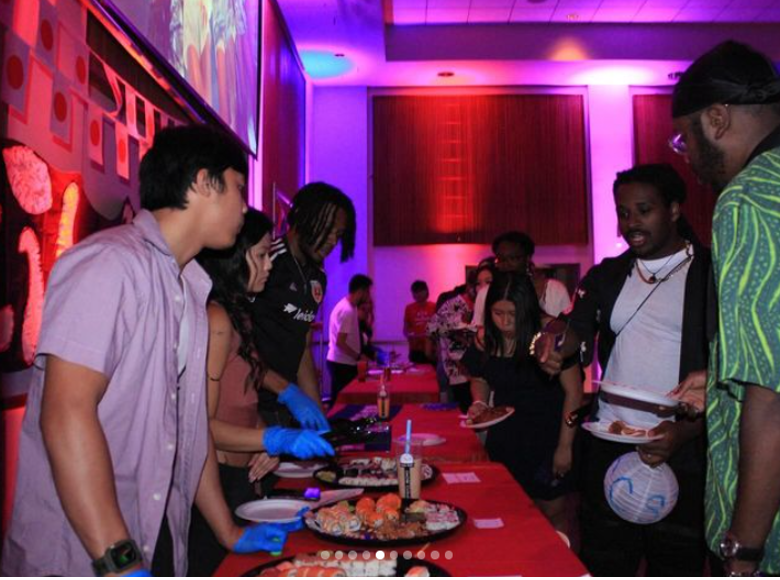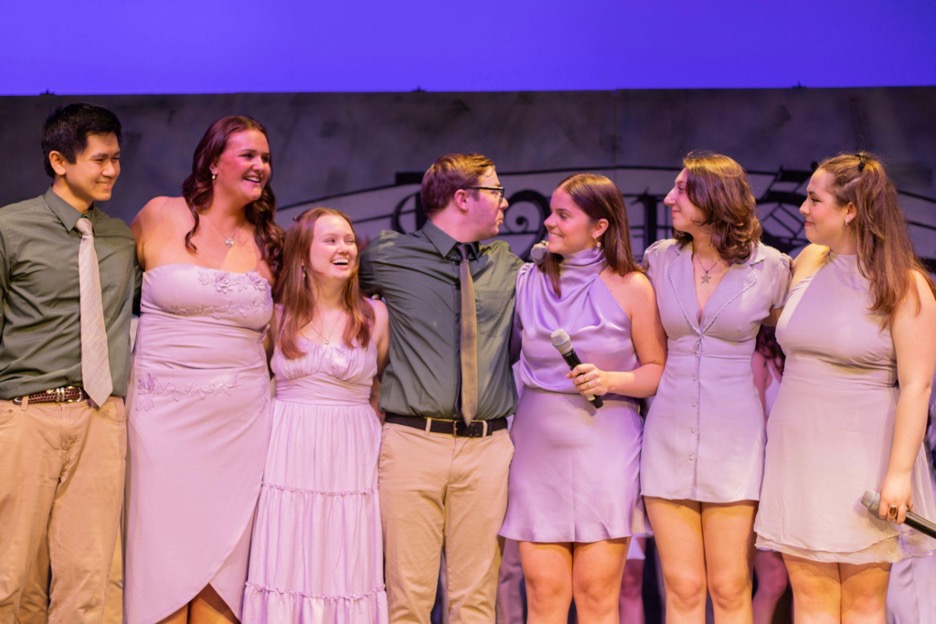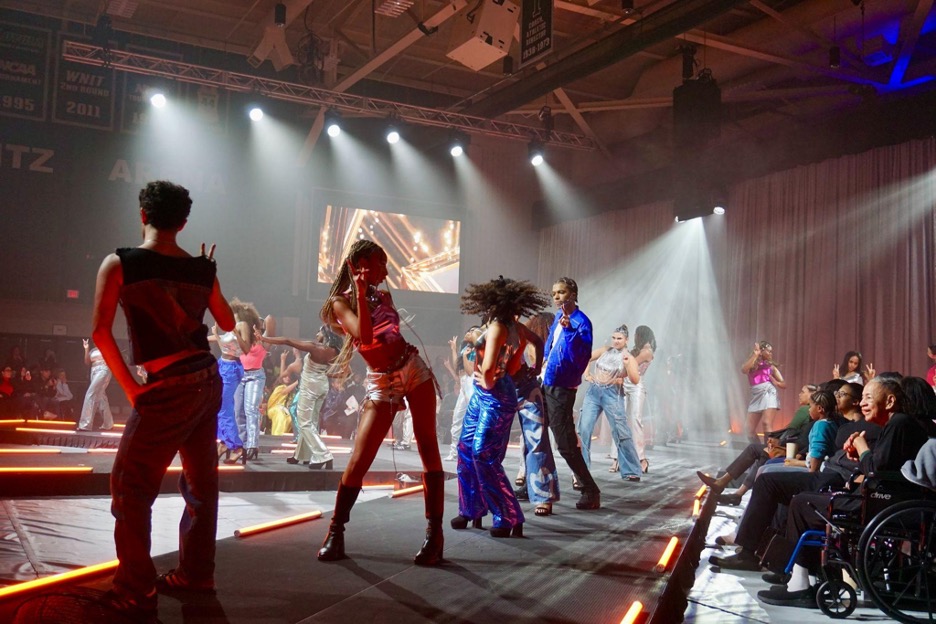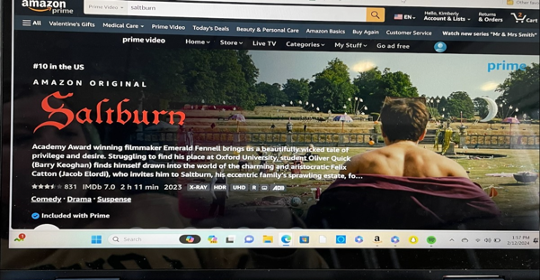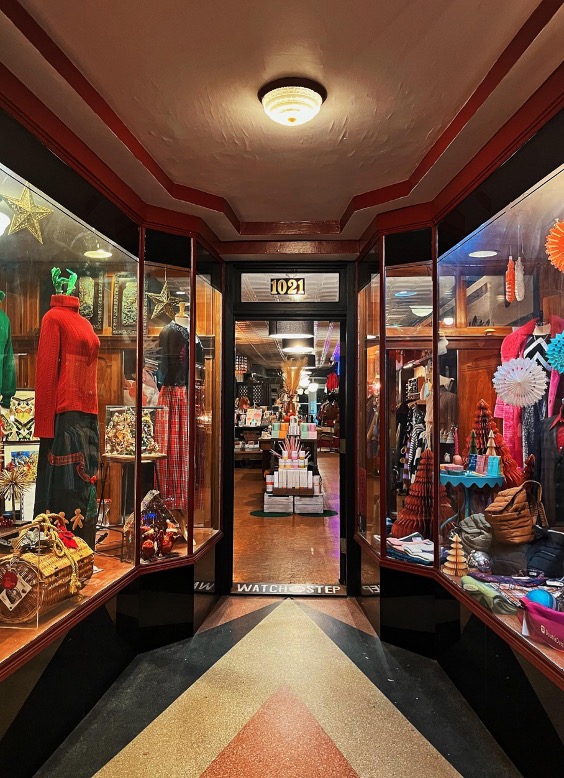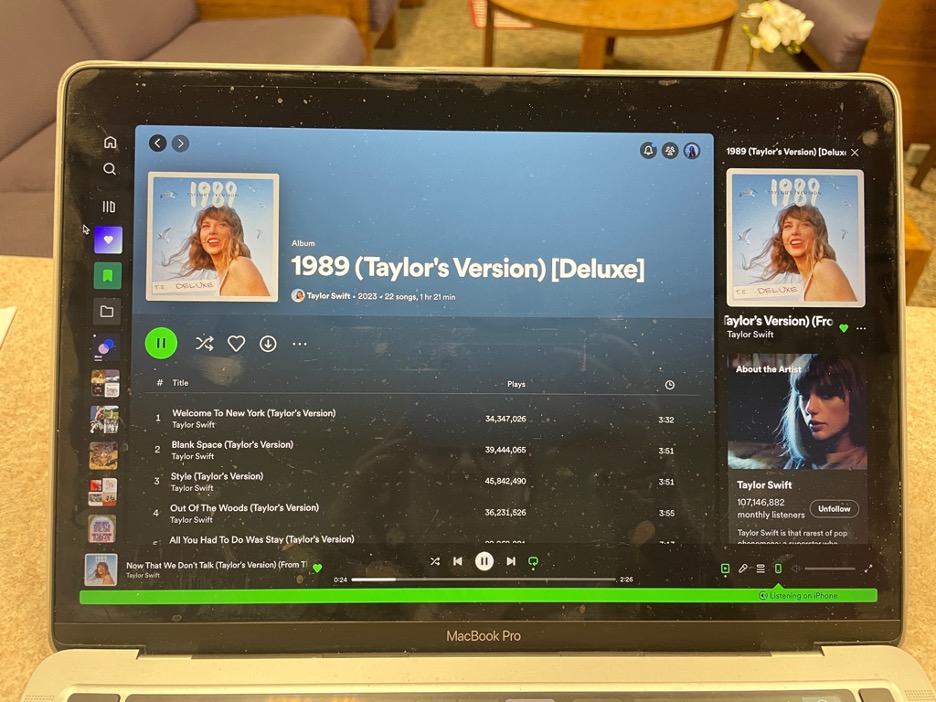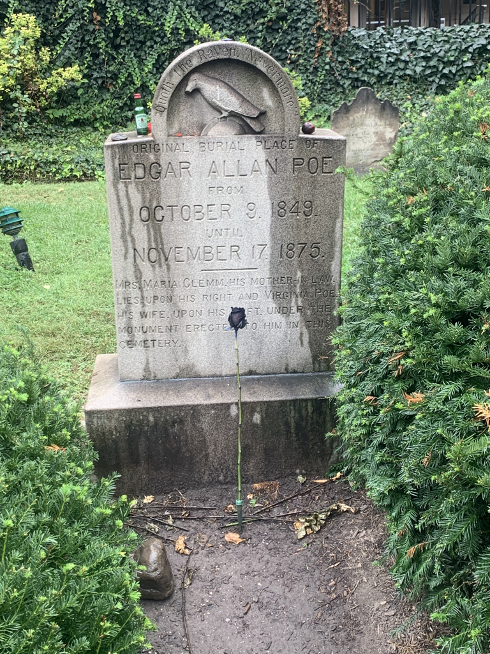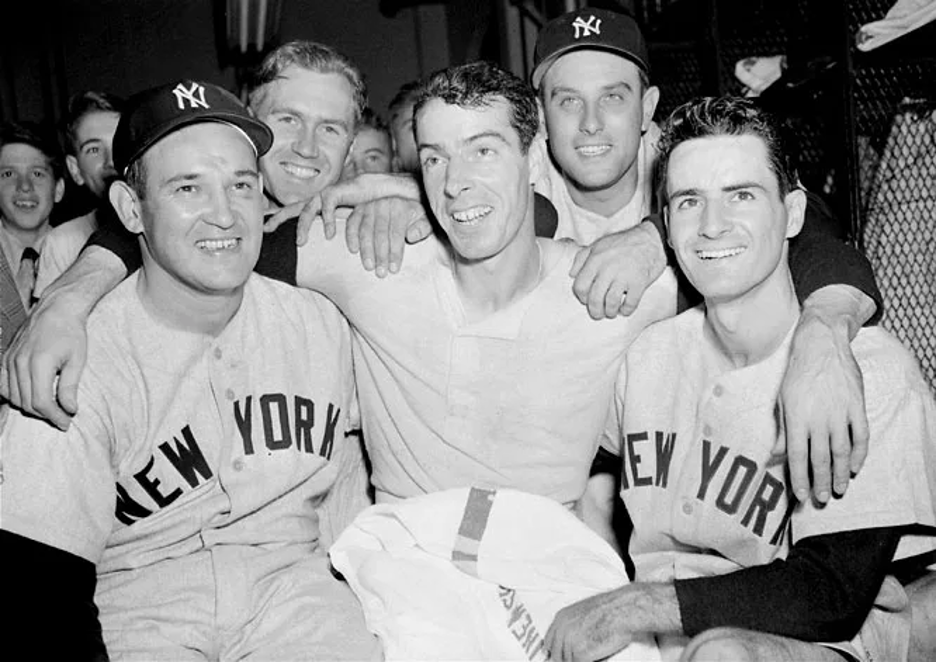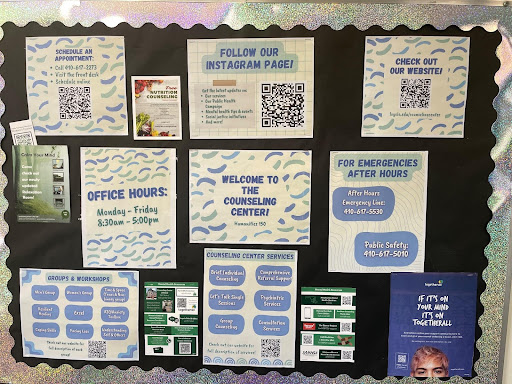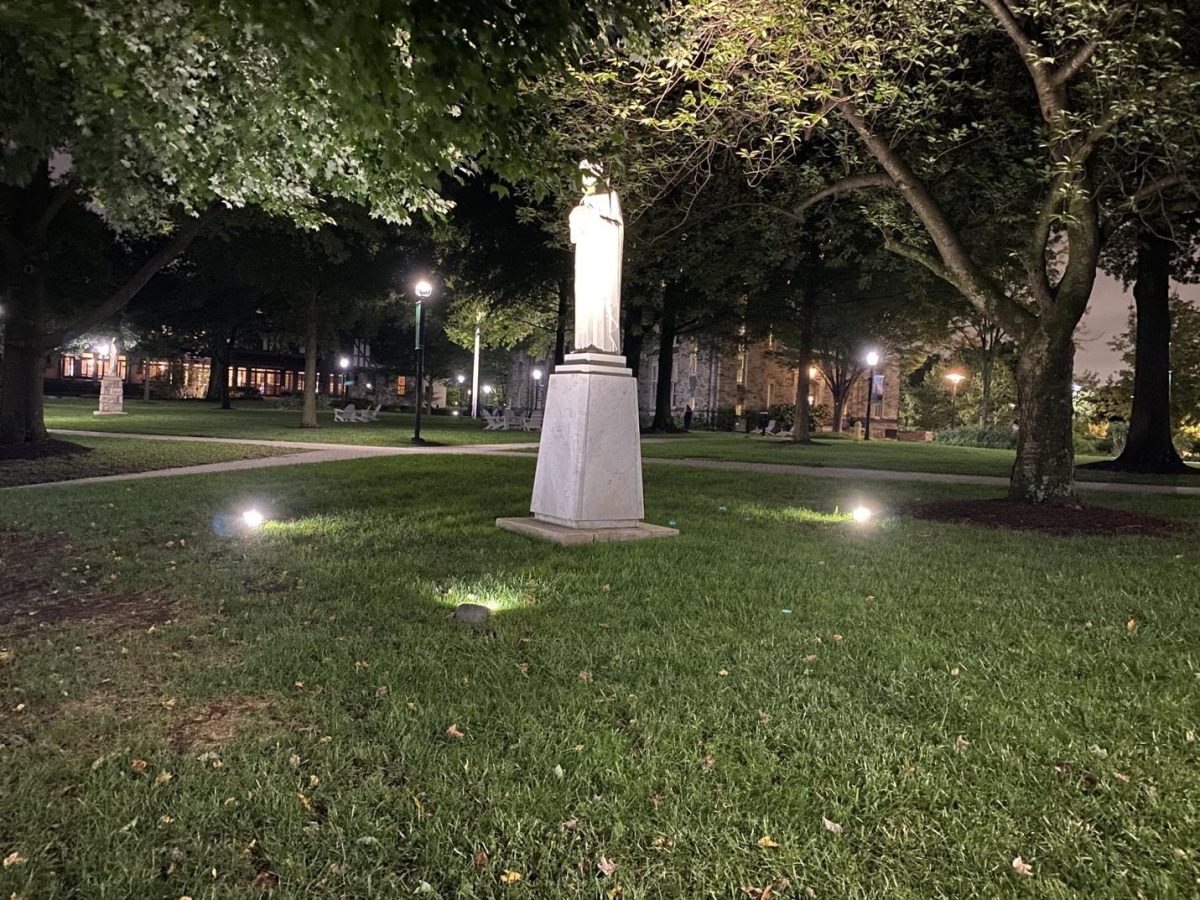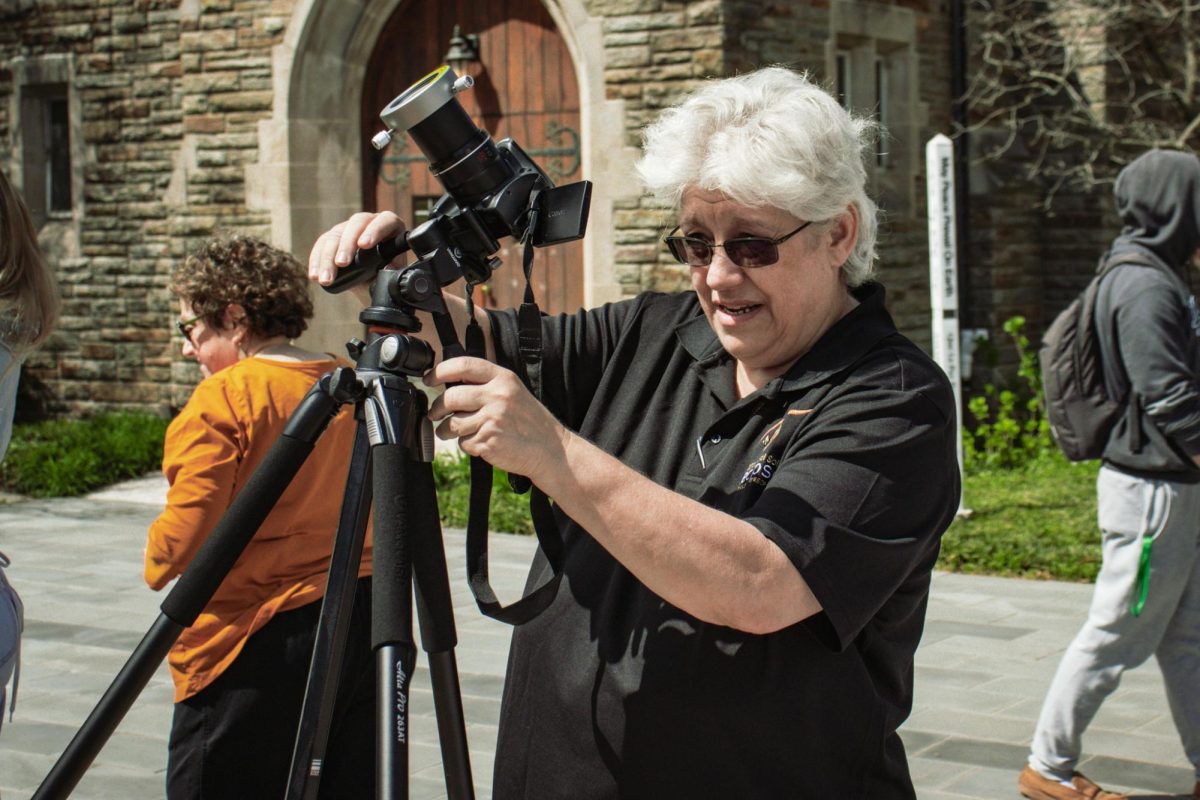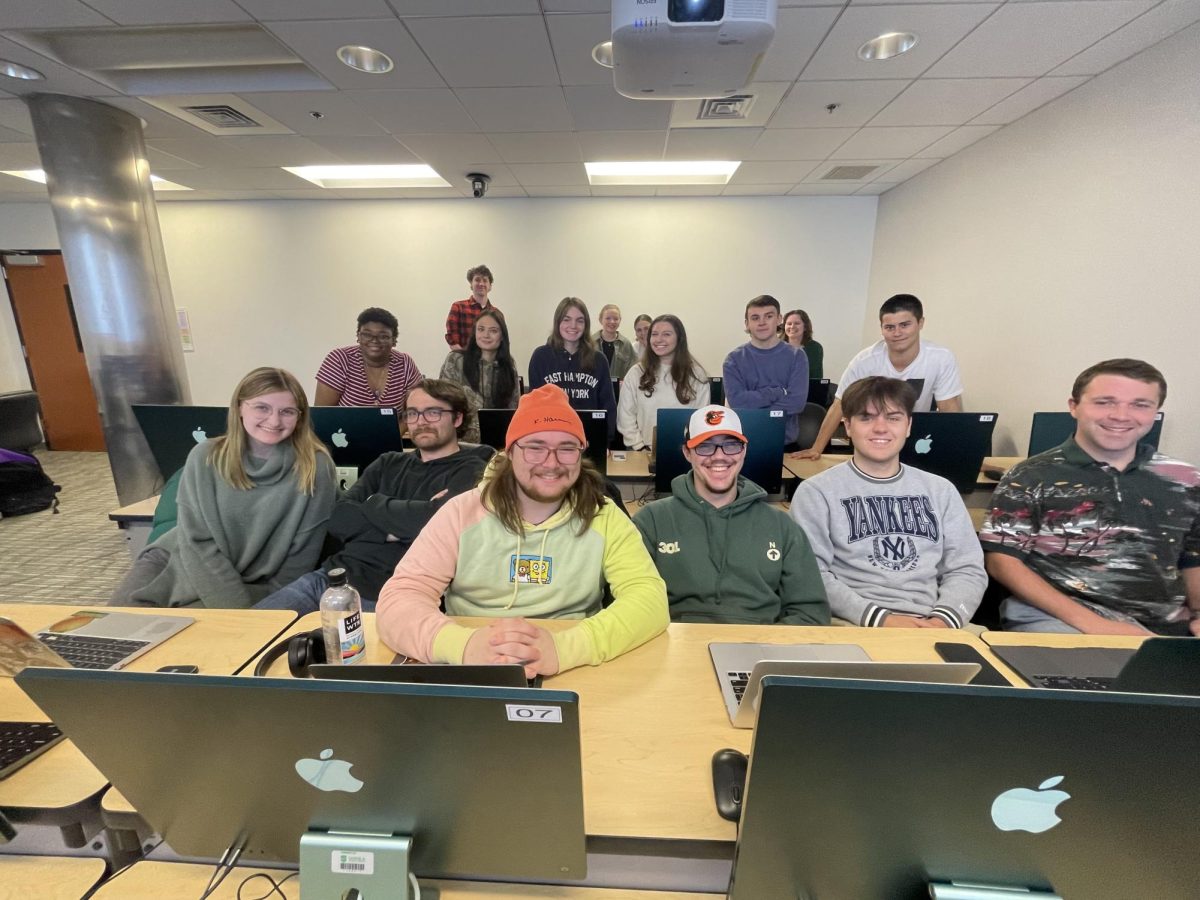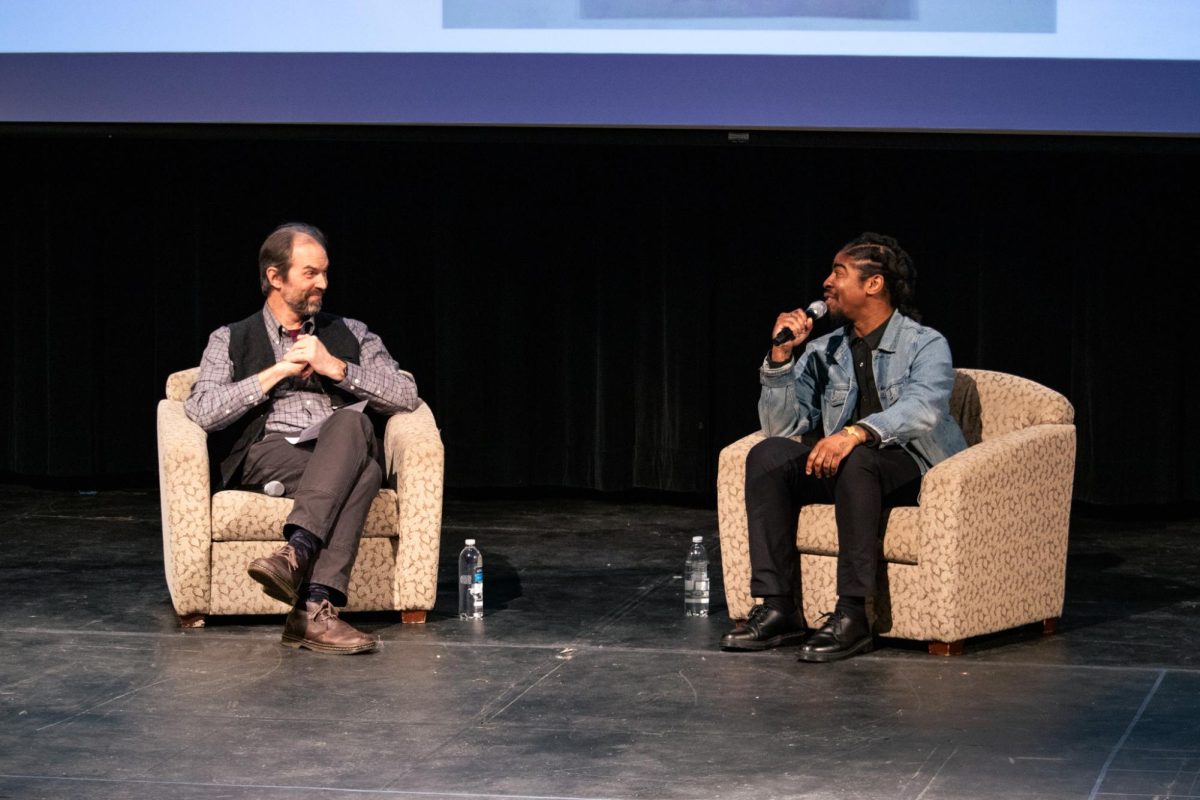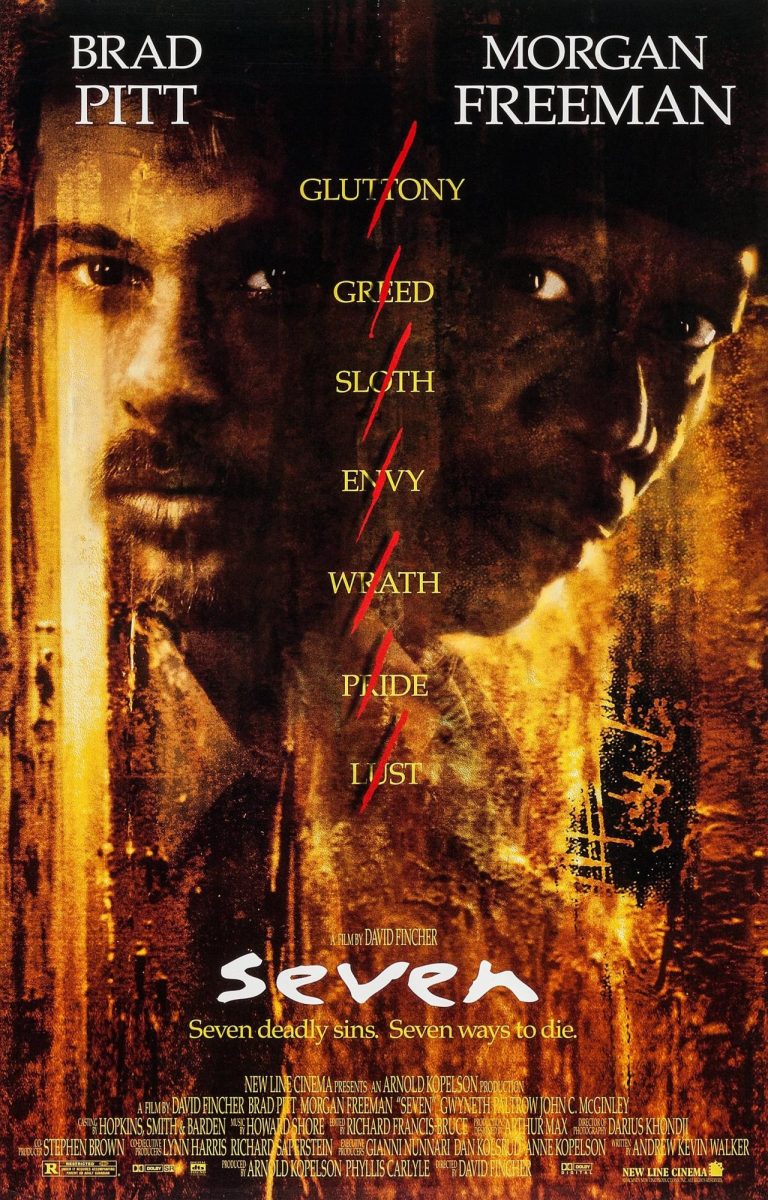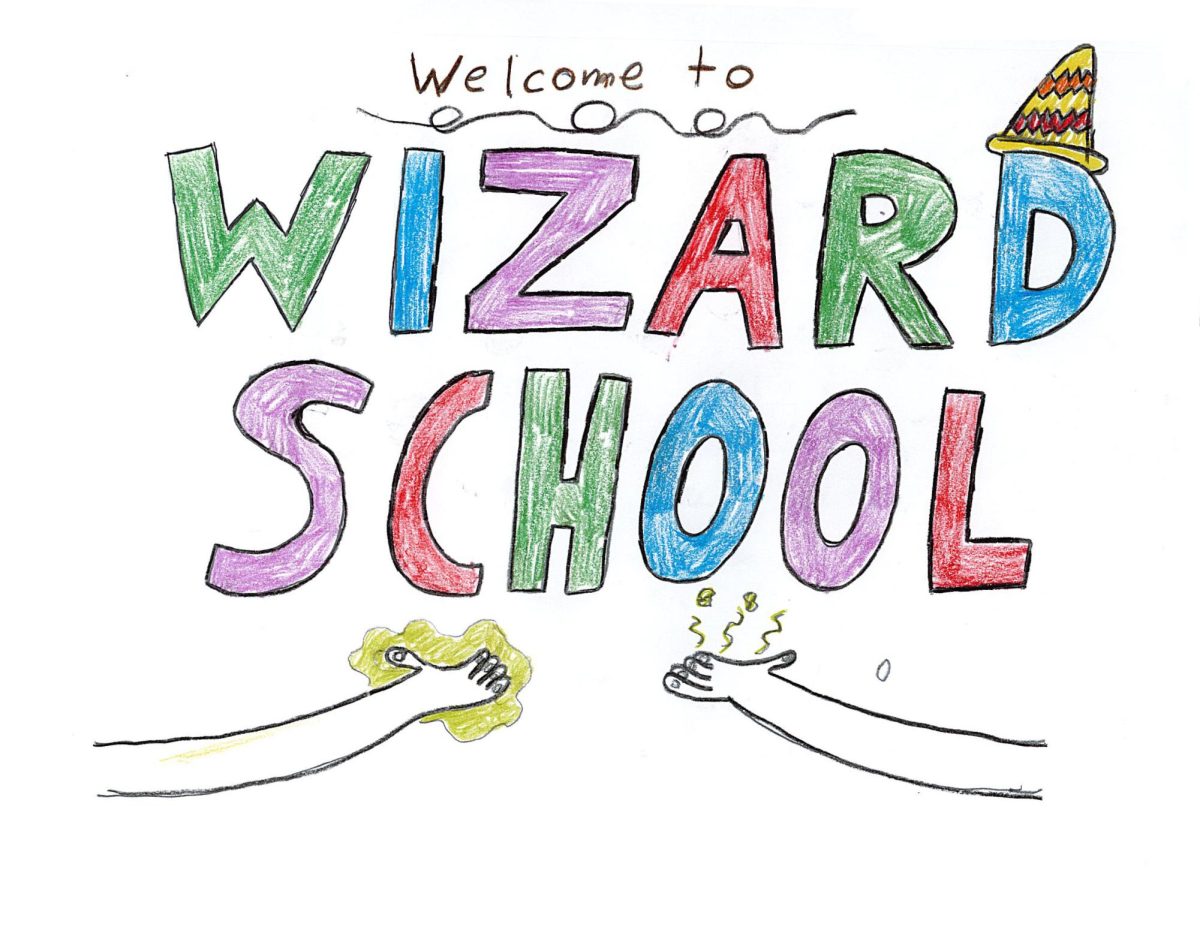On Wednesday, September 25, Loyola was graced with a brilliant performance of Shakespeare’s tragedy Othello. The American Shakespeare Center visited Loyola for three nights as a part of their World’s Mine Oyster Tour (which also included The Merry Wives of Windsor and Henry IV, Part 1).
Many people tend to forget that when Shakespeare wrote his plays, he meant for people to watch them, not read them. Wednesday night’s performance is a testament as to why: it brought the text to life.
While the first scene started out a little slow and forced, it quickly picked up pace. Rick Blunt, who played the famous villain Iago, was the shining star of the play. He played the role of devious mastermind to perfection. Through the character’s many asides, the audience was able to catch a glimpse into his evil motives. Yet somehow Blunt was hilarious throughout the play, constantly causing the audience to laugh at his many comments.
Another shining star was Stephanie Holladay Earl, the actress who played Othello’s wife Desdemona. Throughout the many showings of the play Othello, Desdemona is often portrayed as a naïve and innocent character. On Wednesday’s performance, however, Desdemona was a lively woman. She was able to pull of both purity and playfulness. The audience could relate to her struggles. When she died by the hand of her own husband, it was an extremely heartbreaking scene.
Two other noteworthy standouts played somewhat minor roles; Patrick Midgley (Rodrigo) and Bridget Rue (Emilia) had outstanding performances.
Part of what made the play so engaging was its mixture of the traditional and modern. One of the American Shakespeare Center plays’ trademarks is the fact that they have universal lighting, which means that they have the same lighting on the audience as they have on the stage. This is done to emulate the conditions the players of Shakespeare’s time had; there was no such thing as electricity, only candles and sunlight which were impossible to dim. Therefore, the players had to rely on their skills to portray events such as night or clouds.
Another notable trademark of the American Shakespeare Center is that the players interact with the audience. There were seats on stage so that the stage would be surounded as it would have been during the original plays. Throughout Othello, the players would talk as if to the audience, often touching or gesturing to them.
One hilarious scene involved a modern day clown, with a red nose and all. In Shakespeare’s day, “clown” meant a simple or common person, and in some cases, a jester –
not the literal way that we see clowns today. Yet in this scene the clown barged onto the stage as if coming from Barnum & Bailey Circus. She even roasted a marshmallow, which received great feedback from the audience.
Another action that was seen throughout the play was the modern day fist bump, which the actors mostly did with the audience. When later asked at a workshop why they incorporated such modern devices, assistant director Glenn Schudel answered that the point of Shakespeare plays is for the audience to relate to the events on stage. People today still feel emotions such as jealousy and lust; we just might go about showing it in a slightly different way. When congratulating a man on a sexual conquest, the requisite fist pump is often used. So while the play might be using a technique that modern day viewers will better understand, it still portrays the same concept that Shakespeare intended.
I absolutely loved the American Shakespeare Center’s performance of Othello. It was by far the best Shakespeare play that I have ever viewed. The players’ great chemistry brought the story to life. I was engaged throughout the whole play, which is a great feat considering the play took close to three hours. I would highly suggest to any theater fan, whether a lover of Shakespeare or not, to watch the American Shakespeare Center when they return to campus next fall (or go and visit them at their home base in Virginia).




